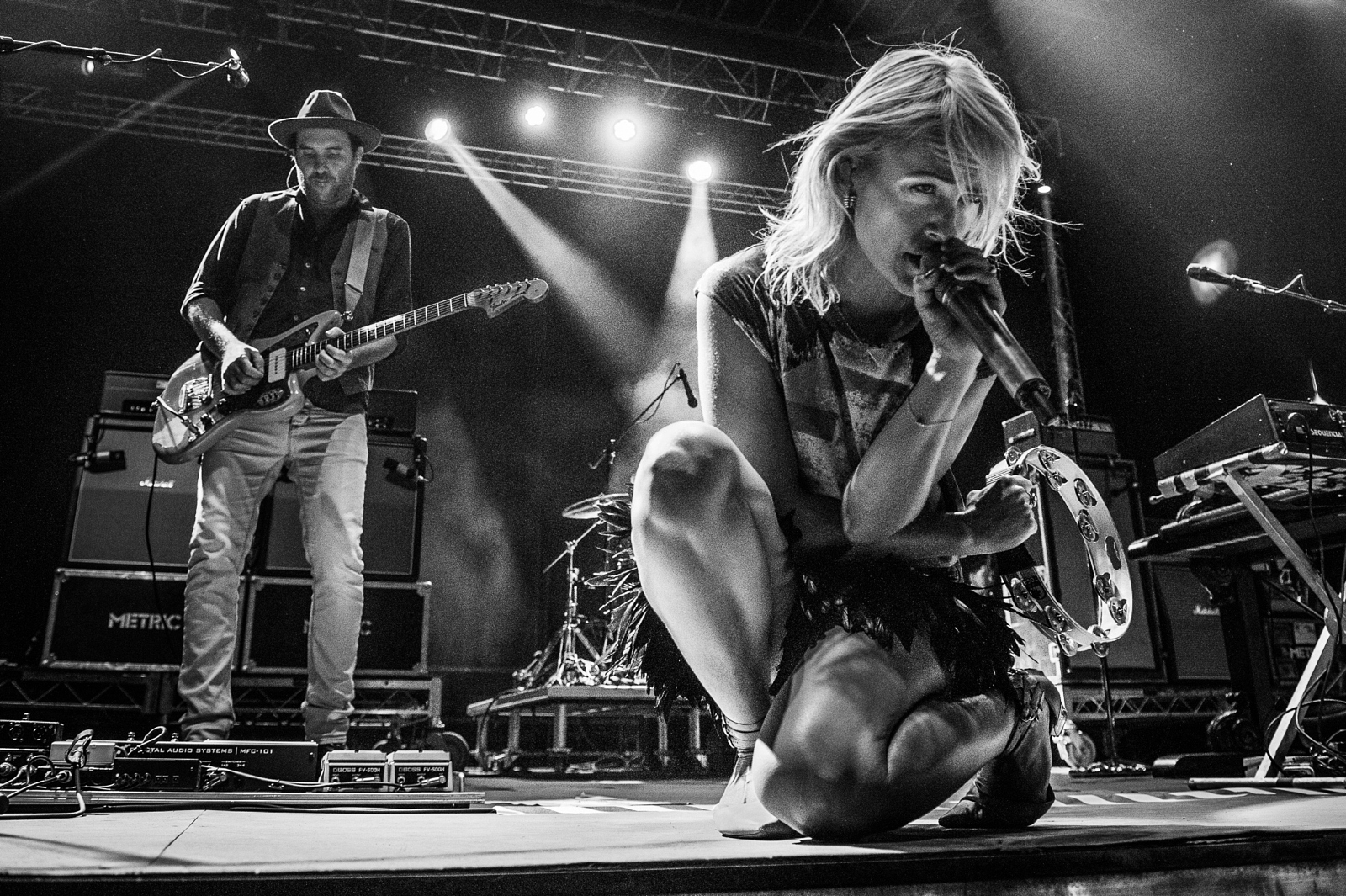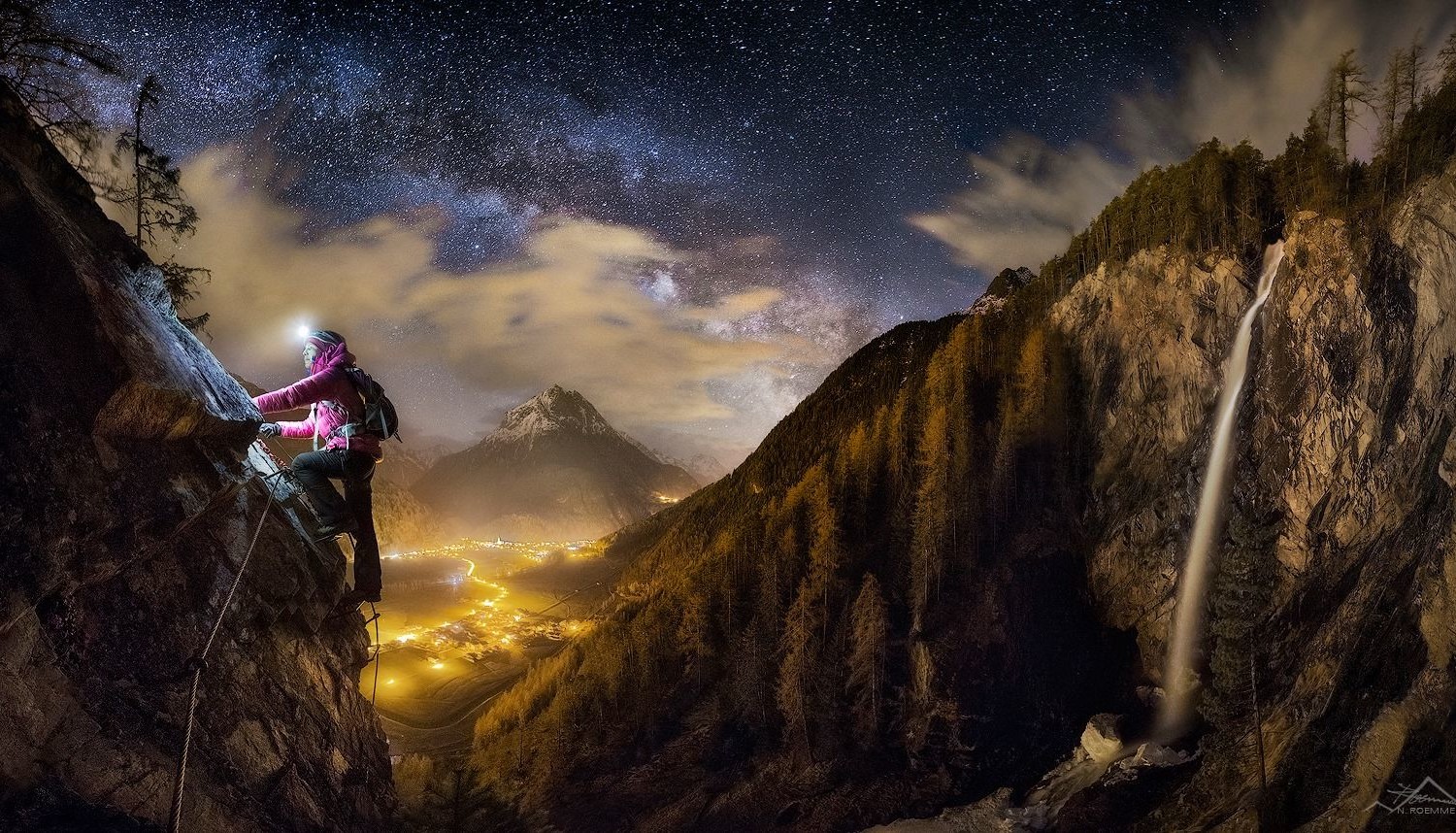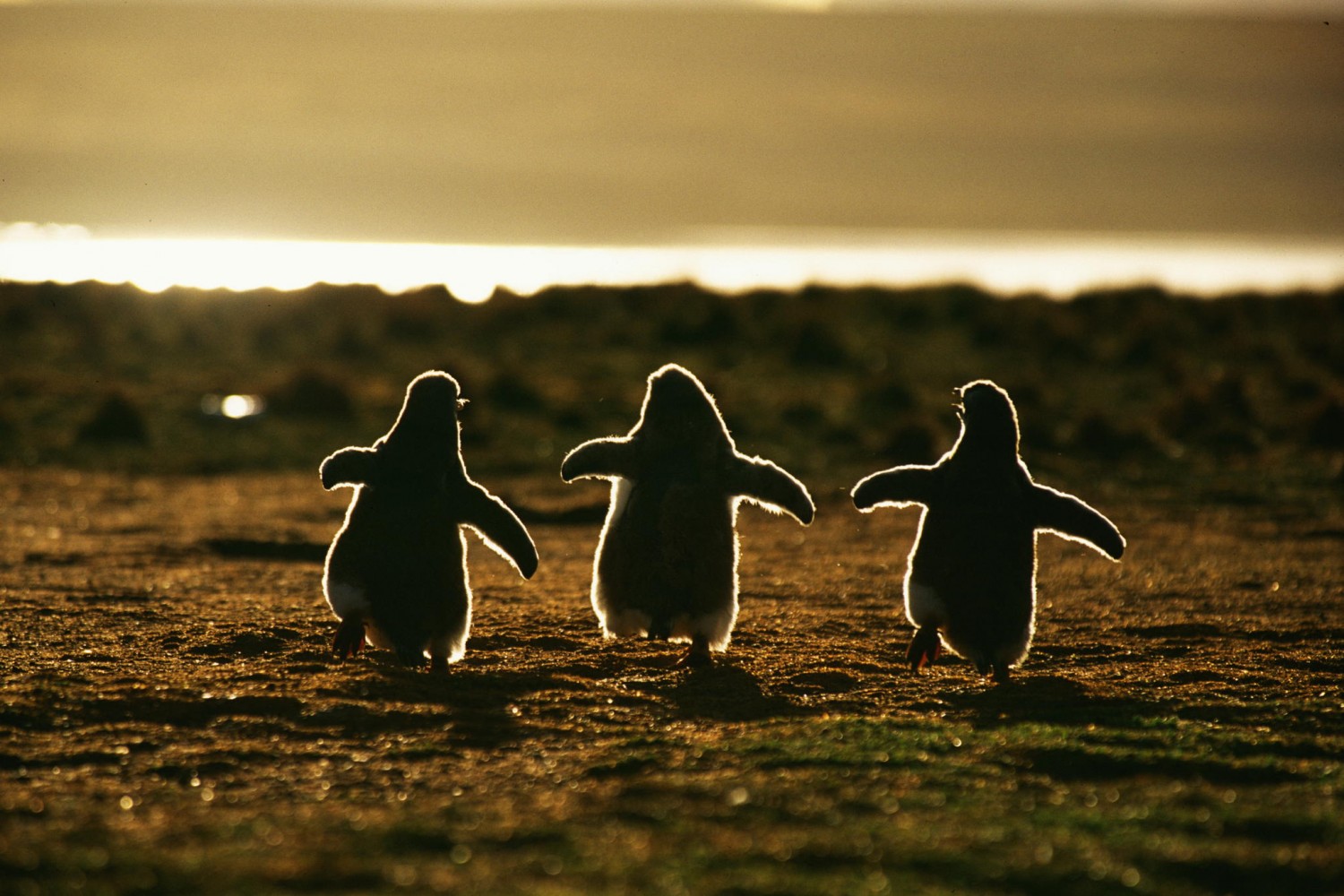As seen in his body of work, music photographer Matt Forsythe has shot all the excitement, fervor, and drama at a live show. Whether he’s in a stadium or music festival, he has captured striking images of Neil Young, The Black Keys, Sam Smith, The Flaming Lips, Metric, Deadmau5, and many other artists and bands live on stage. In this exclusive interview, this Toronto-based pro shares how he got his start, his expert photo tips, gear recommendations, and many more. Read on!
When and how did you begin concert photography?
MATT FORSYTHE: I started shooting friends’ bands in high school, but not very well. Even ten years ago it was much easier to sneak cameras into shows, so I would buy a ticket and bring one along. Like most people, I’d get decent shots here and there, and started to realize there’s something to this. Once the hooks get in, there’s no turning back.
At what point did you consider yourself a professional?
Not sure if I consider myself a professional concert photographer yet – I’ve probably paid my rent for a few months of the year thanks to music photos – but I do distinctly remember the first time I got paid decent money to shoot music. Back when I was a website editor (Push.ca, RIP), a friend who worked in the same office got a side gig editing a short-lived Live Nation digital magazine. He was asking around for someone to shoot the Black Keys at Molson Amphitheatre that night and asked me. I thanked him for the offer, but said I didn’t have the gear (or confidence that I could deliver results, but I never said that). He circled back later saying he had no one, so I reluctantly agreed and ran out the door to rent a lens – a 24mm 2.8 prime if I recall – what did I know?!? Long story short, they ran a couple shots. People still tell me they like the shot of Patrick Carney behind his drum kit, but it drives me nuts – focus is locked on the drum kit and not him.
What is the biggest challenge concert photographers face?
Entitlement. I hear and read a lot of music photographers complaining about restricted access, rights grabs, getting denied credentials, how such-and-such artist only let them shoot one song, etc. I think what we get to do is a privilege. Stadium-touring artists don’t need twenty photographers in front of them – they’re already huge bands, they have a tour photographer who’s their friend and that’s all they need. Any show I get access to shoot, I’m thankful to be there – these artists don’t owe me anything. If you get credentials for a show, be grateful. Unfortunately, making a living shooting concert photos isn’t happening anymore, so stay positive and enjoy it while you can.
What is your post-process workflow like for editing your concert photos?
My post-process is like most people – drop my photos on a mirrored hard drive (don’t want to lose your life’s work to a dead hard drive), import to Lightroom, make high-level picks, sleep (if I’m not on deadline), try some basic edits (exposure, highlights, shadows, etc.) on some of those picks to see if anything changes my mind, spend more time on select photos doing deeper edits if necessary (spot editing, color balancing, convert to B&W, etc.), export and send off to whatever outlet I’m shooting for that night. I rarely take my concert photos into Photoshop unless there’s one I know is incredible and could use some specific work to take it to the next level.
Why did you create the Toronto Music Photographers group and what were you hoping to achieve?
Shooting shows around Toronto, you see the same people over and over again. A head nod here, a wave there, but no one seemed to engage one another. Having a conversation beside a speaker stack is useless anyway, so I wanted to bring talented music photographers together outside of a concert hall and talk all things music photography. Analogue Gallery’s annual Sound Image show was a great catalyst, since I put together the first mailing list from their participating photographers, and things have rolled from there. My goal for the group was a place where people could share their successes, air their problems, and learn from those around them. The Facebook group has become a great place to get questions answered, have discussions and share work. The meet-ups have been slower to take off, but hopefully more compelling subjects can get people out to put faces to photo credits.
Which photo of yours are you most proud of?
In recent memory, my photo of Fucked Up during NxNE last year. If you’ve ever shot Fucked Up, it’s an experience. Usually during the first or second song, Damien (the singer) will get into the crowd and not leave for the entire show. This one was no different, except I was just back from the front of the stage. Song started, and a drink exploded from the back of the crowd, which is what you see coming in from the left of the frame and on the lens. It’s a testament to “just keep shooting” – not a shot you can plan, but when it happens, you hope you’ve got something. Later that set I had my shirt ripped off by a drunk fan, and managed to find all the buttons when the crowd cleared out. Good times!
How do you prepare for a concert shoot?
At the very least, some basic research: find out set times, is the show sold out?, is it all ages? (this will tell you if you need to be there when doors open or not). If I’ve never been to a venue, I’ll find other photos shot there to have some basic knowledge of what to expect. Beyond that, research the band. A quick Google image search for “[band] live” will give you a good idea of what to expect on stage. You can do that while you’re waiting for them to come on if you’ve got a smartphone. If it’s hip-hop, you can learn what hand the artist holds the mic in, and be ready on the correct side of the stage (also works for guitar players and parted hair). Keep in mind that things can and will go sideways, so be ready for anything.
What gear is in your bag when you’re shooting a concert?
My gear bag: Think Tank Retrospective 20, all black. It doesn’t look like a camera bag, which I love. The easy access is key because I don’t shoot with a strap – they drive me nuts, always where you don’t want them. Inside: Nikon D4, Nikon 14-24mm 2.8, Nikon 24-70mm 2.8 (mounted), Nikon 80-200mm 2.8. Miscellaneous: ear plugs (essential!), my “shit might happen” wrist strap for mosh pits with no photo barrier, lens cloth, maybe an extra battery if I’m at half power. If it’s an outdoor festival, it’ll be a full backpack with the same gear, plus essentials like water, extra memory cards and clothes for when the sunsets.
What is the difference between a good concert photo and a great one?
Capturing a special moment vs. everything else. You’ll know it when you see it – they’re those photos where you’ll be clicking through a web gallery, flipping through a magazine, strolling through a gallery, and you’ll stop. You’ll find out who the artist is, you’ll read the caption, you’ll remember the photographer; maybe it’s composition, maybe it’s lighting, maybe it’s a blurry photo of a perfect moment, but the image will stick with you – those are the great ones.
As a photographer who specializes in concert photography, how do you stay inspired?
Personally, I check out A LOT of other people’s music photography. Seeing different perspectives often gives me a fresh outlook if I feel like what I’m doing is getting stale. Too many boring shows in a row can bring you down, but that’s when you change it up and try new things – double exposures, long exposures, different framing, different post-processing – anything that forces you to see the same shows differently. I’m not saying I’ve had any great success with my experiments, but it’s fun to try.
What would be your dream concert to photograph?
Something with good light? Ha. Probably a multi-day festival with hassle-free all-access and no deadlines, and I’m excited to see every act on the bill.
You shoot for editorial publications. Is your approach any different when you’re shooting for a publication versus shooting for yourself?
Slightly. Shooting for editorial, you’ve got a job to do – you’re a journalist. You need to make sure you get the shots that tell the story of the show, or, at the very least, depict the artist(s) clearly. They may not be the most exciting shots, but you have to have those before you start trying different, more creative angles. Plus, when editing for publications, most of my editors prefer colour. I love B&W, but I’ve spent too much time submitting identical colour and B&W photos only to have the colour ones run 95% of the time. Being forced to work in colour when I would typically default to B&W keeps things fresh.
Is there another genre that you love to shoot?
When I’m shooting anything other than music, people ask me what I love to shoot and the answer is music. When I’m shooting music and people ask me what else I shoot, I have to pause and think about it.
Got any questions for Matt? Leave a comment below!



















Leave a reply